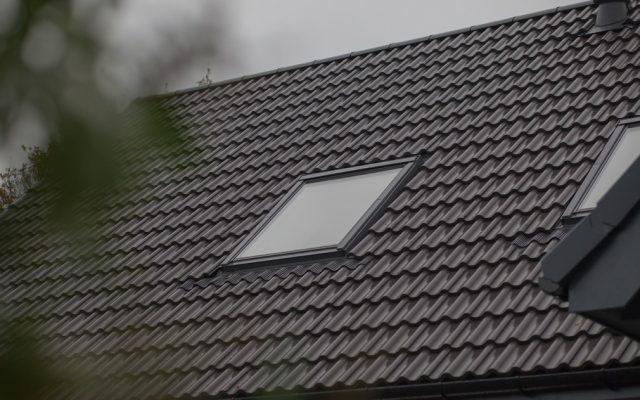Low-e glass, also known as low emissivity glass, is a type of glass that has been treated with an almost fully transparent thermal coating that retains heat in cold temperatures, and keeps homes cool in the summer. Low-e glass helps to minimise the amount of UV rays that can pass through the glass.
Different types of low-e glass (low emissivity glass)
Low-E glass can be created in two ways, soft coat and hard coat glass. Both of these versions of low emissivity glass offer differing attributes, especially when it comes to heat retention and other important factors.
Solar Control low-e Coatings (Soft Coat)
Glass that is named solar control low-e glass has been designed to reduce the amount of heat that can enter a room or home, which means that bills and energy consumption can be reduced.
How is Solar Control low-e Coating (Soft Coat) created?
Solar control low-e glass is created by using a process called ‘pyrolytic coating’. The pyrolytic coating process is when a thin coating is sprayed onto glass at high temperatures in the float process.
The float process is the primary technique used when creating consumer glass products such as mirrors, windshields and glass furniture. It consists of placing molten glass on top of a molten metal, which is normally tin or lead. This then allows the glass to be controlled and moulded to the manufacturers’ specific needs, such as thickness or length.
Passive low-e Coatings (Hard Coat)
Passive low-e glass, also known as a “hard coat” are perfect for cold climates as they allow heat to enter the home, through the low-e windows, but reflect interior heat back into the home.
How is Passive low-e Coating (Hard Coat) created?
Passive low-e glass is created using a technique called sputter deposition.
Using a Magnetron Sputtering machine, metals such as silver, zinc and titanium are used to create a coat a composite film. This gives the hard coat low-e glass its ideal properties. The use of silver is the main driving force of its money-saving, heat-retaining properties, whilst the other metals are used to increase the sturdiness, colour and reflectance of the window.

What are the advantages of low-e glass?
Reduction in energy bills
Installing low-e glass currently comes with a larger upfront cost compared to other traditional glass windows, but the savings you can potentially make in the years following the installation make the initial purchase worth it.
Low-e glass is used to keep heat inside the home in winter and block the heat entering the home in the summer. Decreasing the need of altering the thermostat or air conditioning, so you can save energy.
Improved Insulation
Low e-glass reduces your energy bills by improving your insulation. Insulation is all about retaining valuable heat, and installing hard coat glass windows in your home can be an effective way to do this.
For other tips on insulation, be sure to check out our article, “how to improve home insulation.”
Reduction in glare
Low-e glass also reduces the glare on your TV from bright sunlight. It’s a great benefit for those weekend mornings watching breakfast TV.
Reduction in condensation
As low-e glass creates a reflective surface, heat bounces back from the window, leaving the interior of your home drier. A warmer interior reduces the risk of moisture in the air condensing on cold surfaces. Condensation can lead to damp or mould issues. Therefore, low-e glass helps your home to be a healthier place for you and your family.
Read our article on “How to stop condensation on windows” today.
For other interesting, window and house-related blogs, feel free to check out our collection of articles today.


